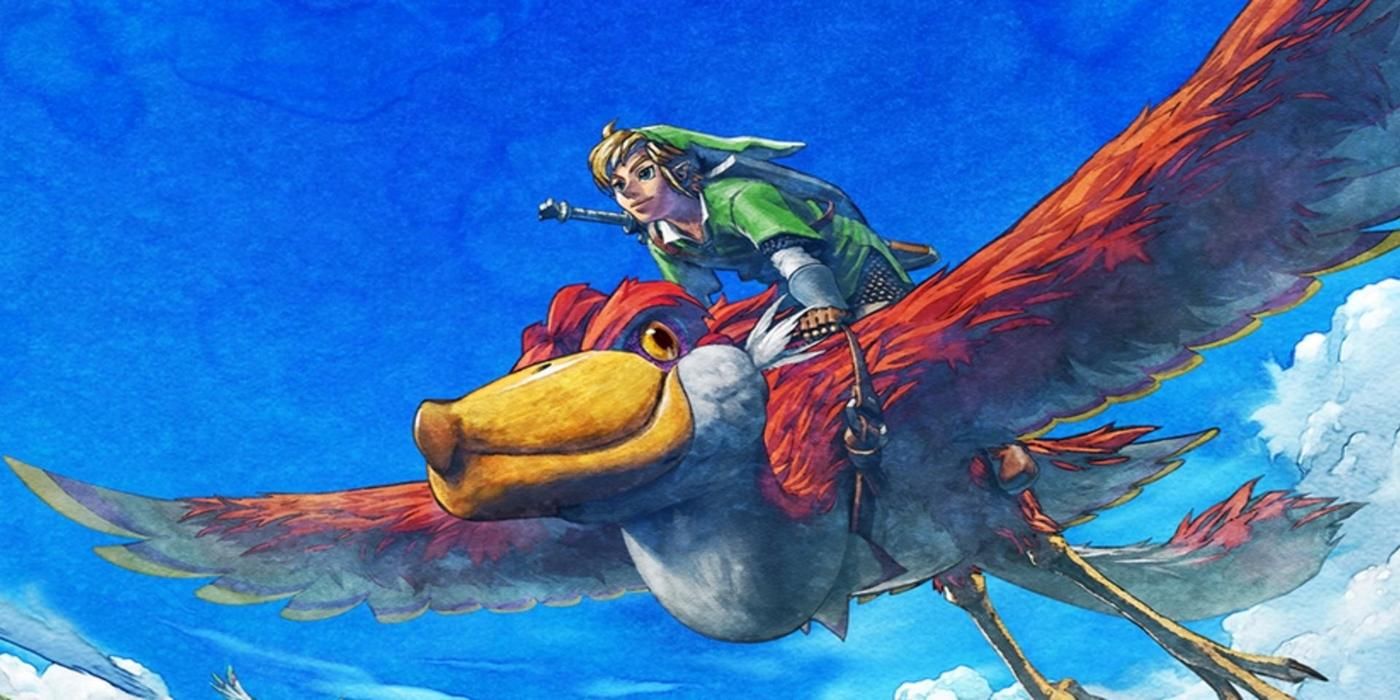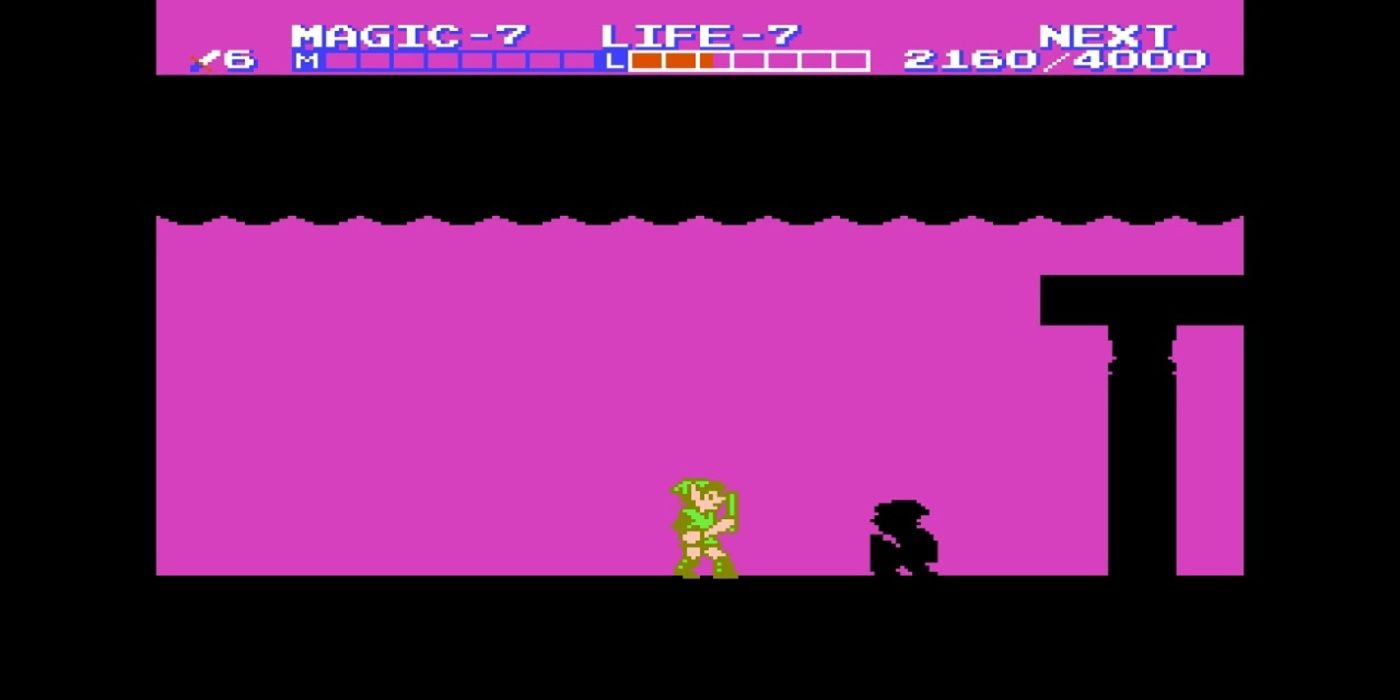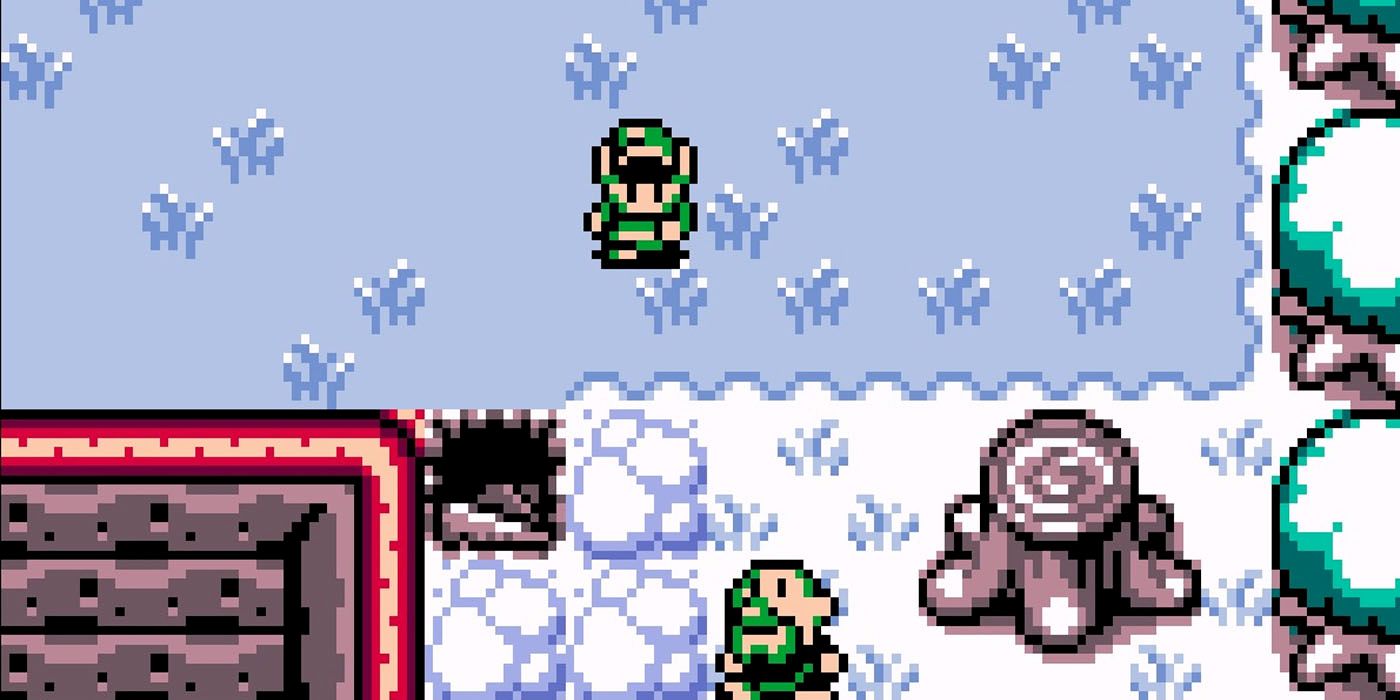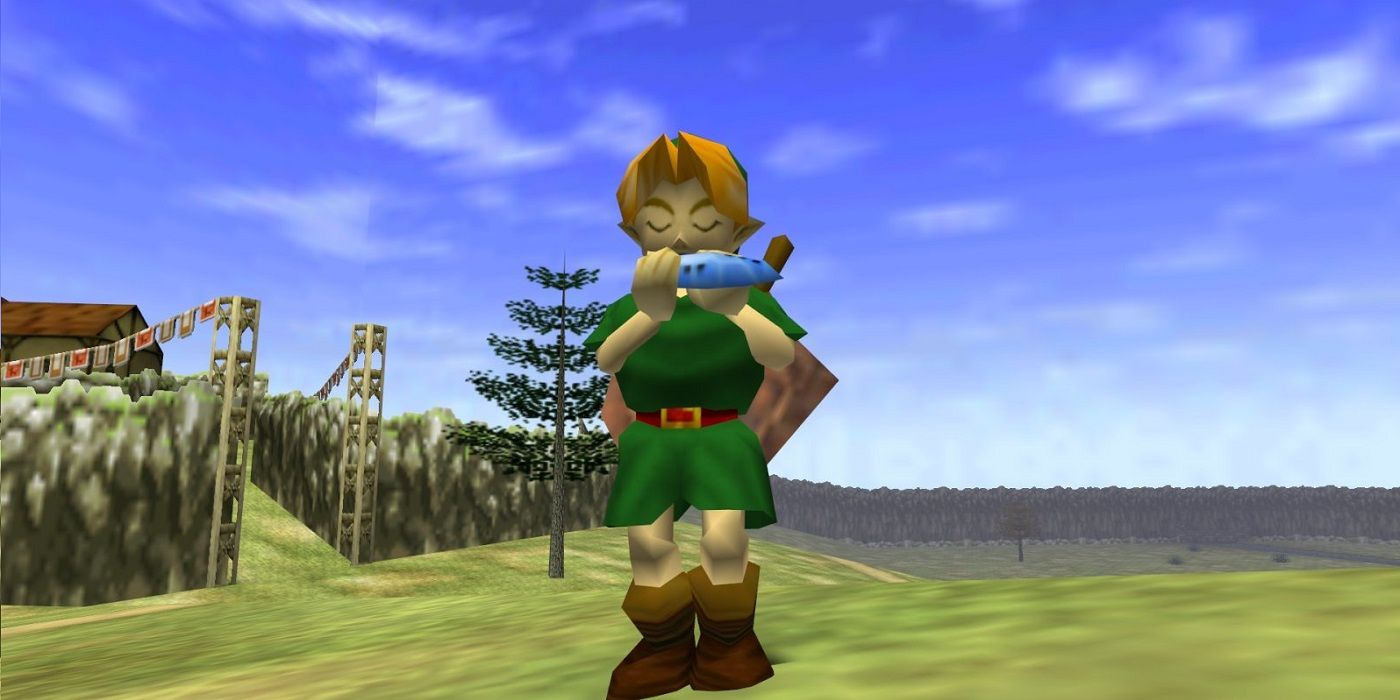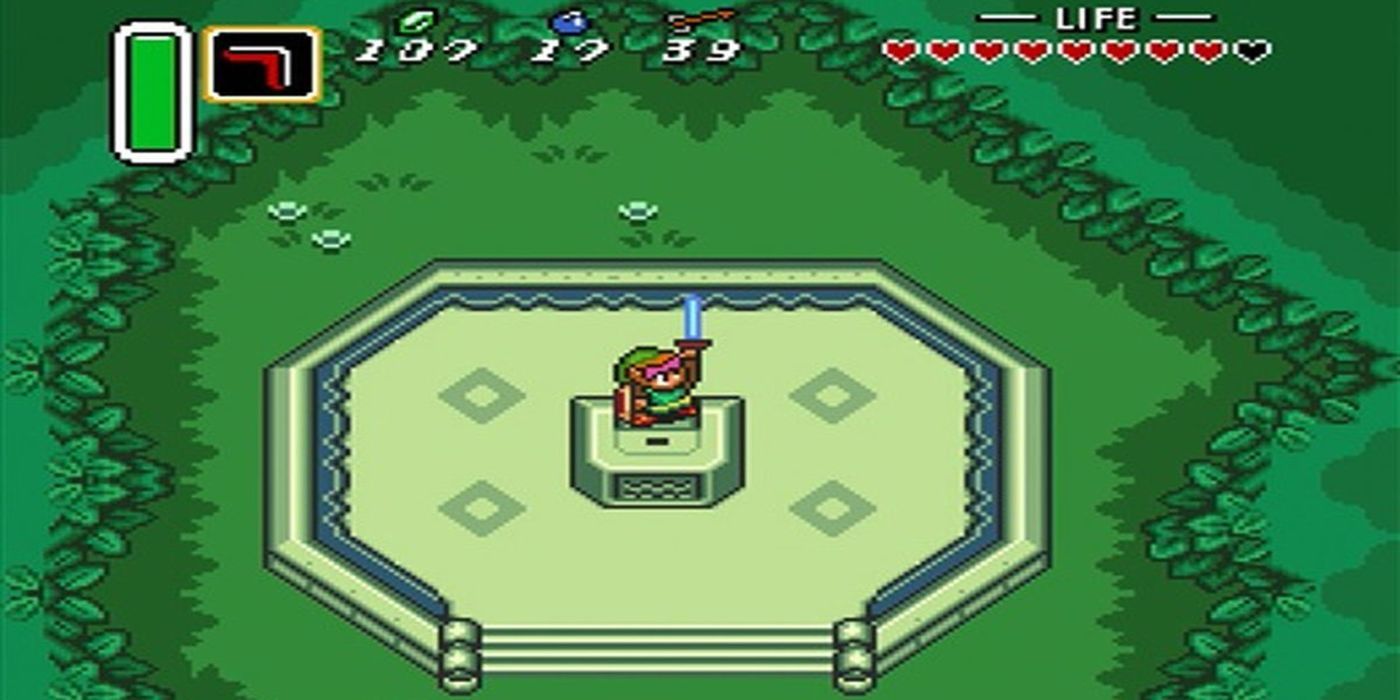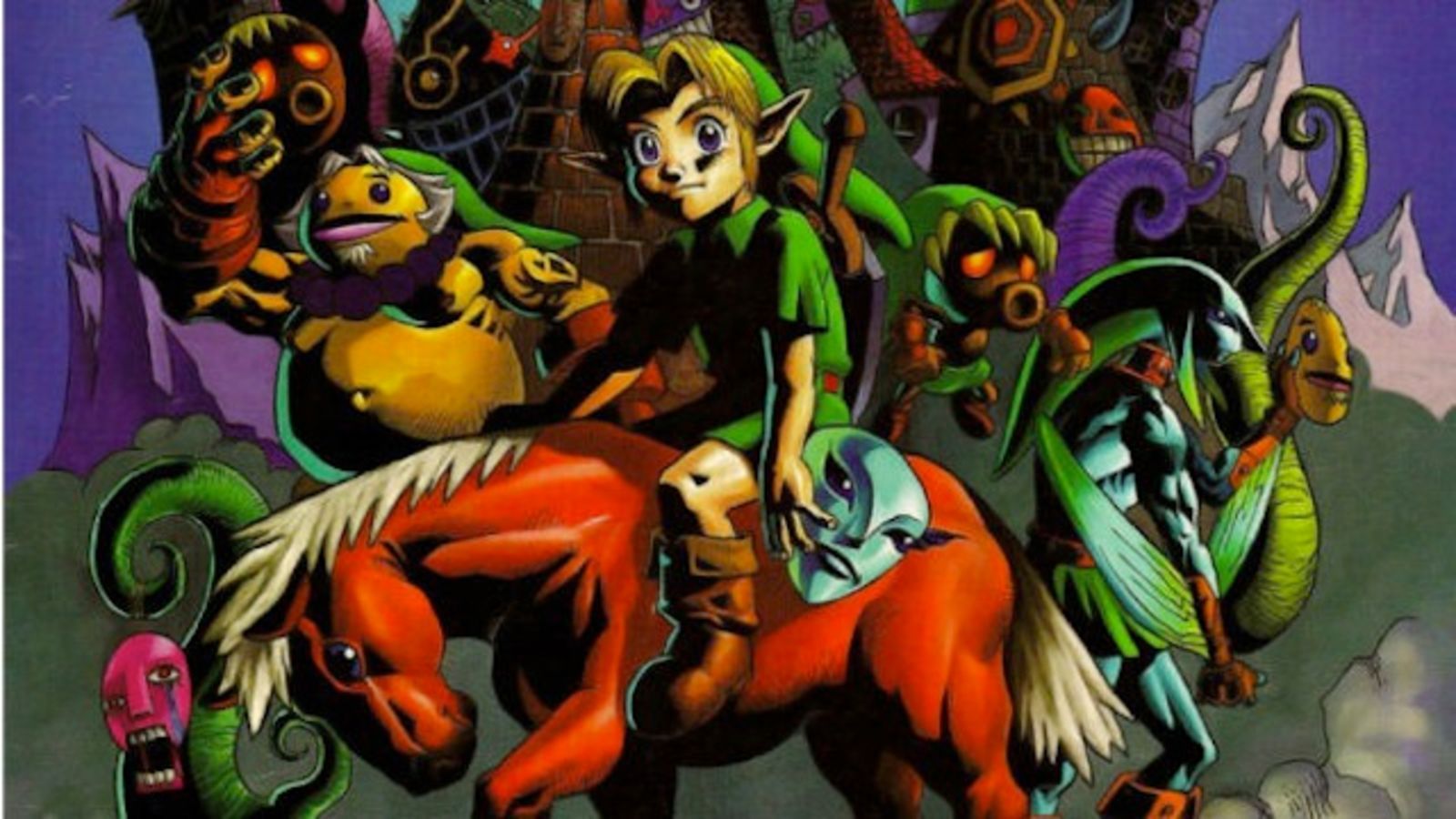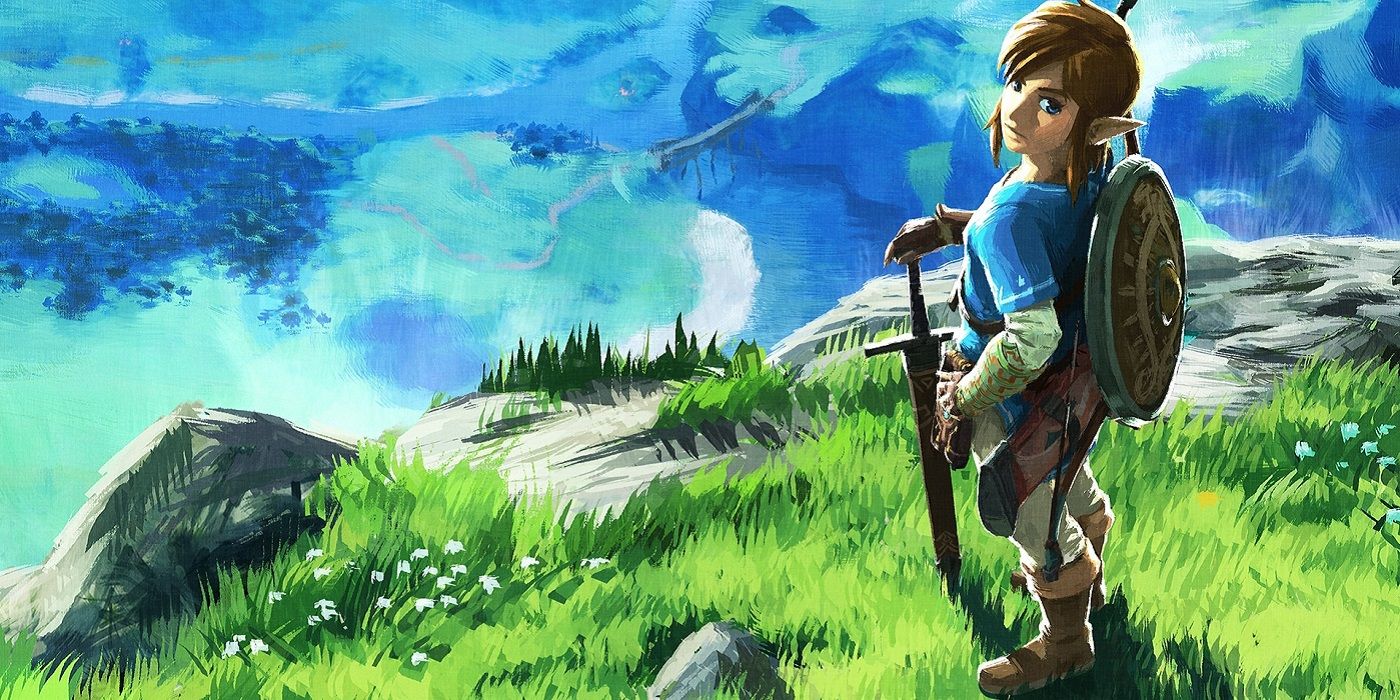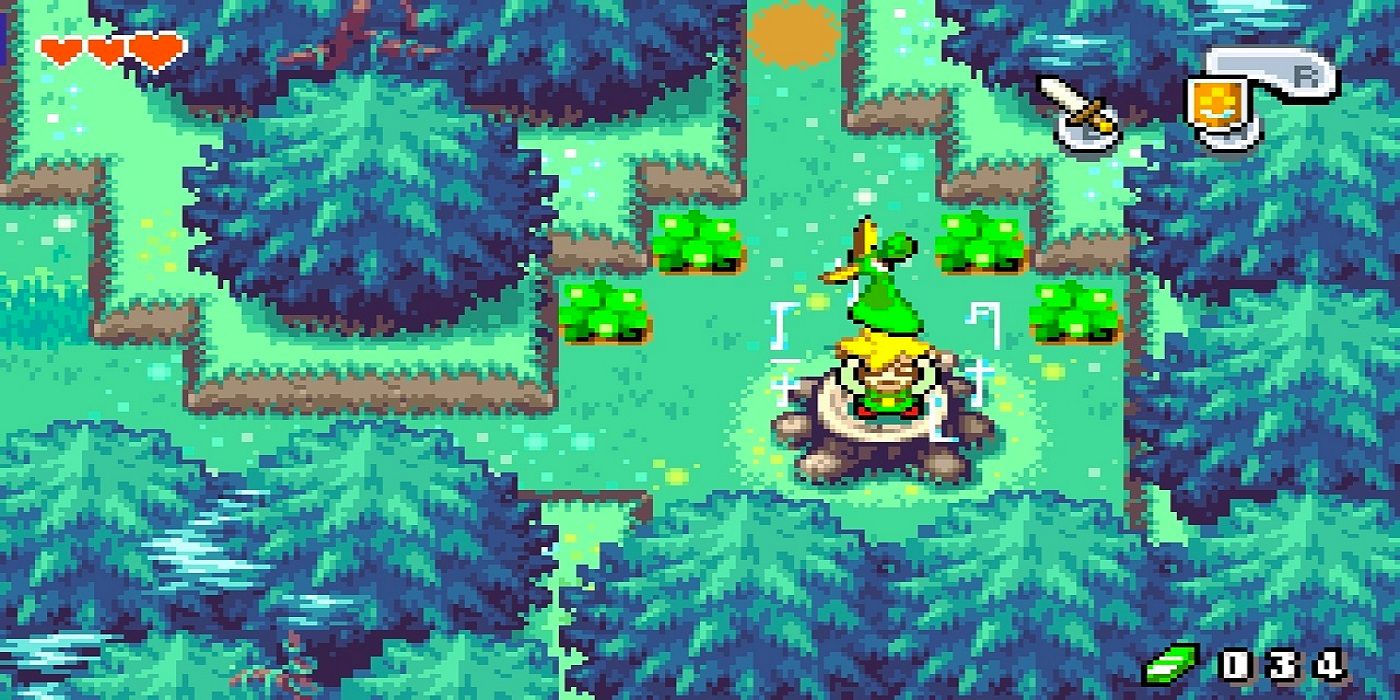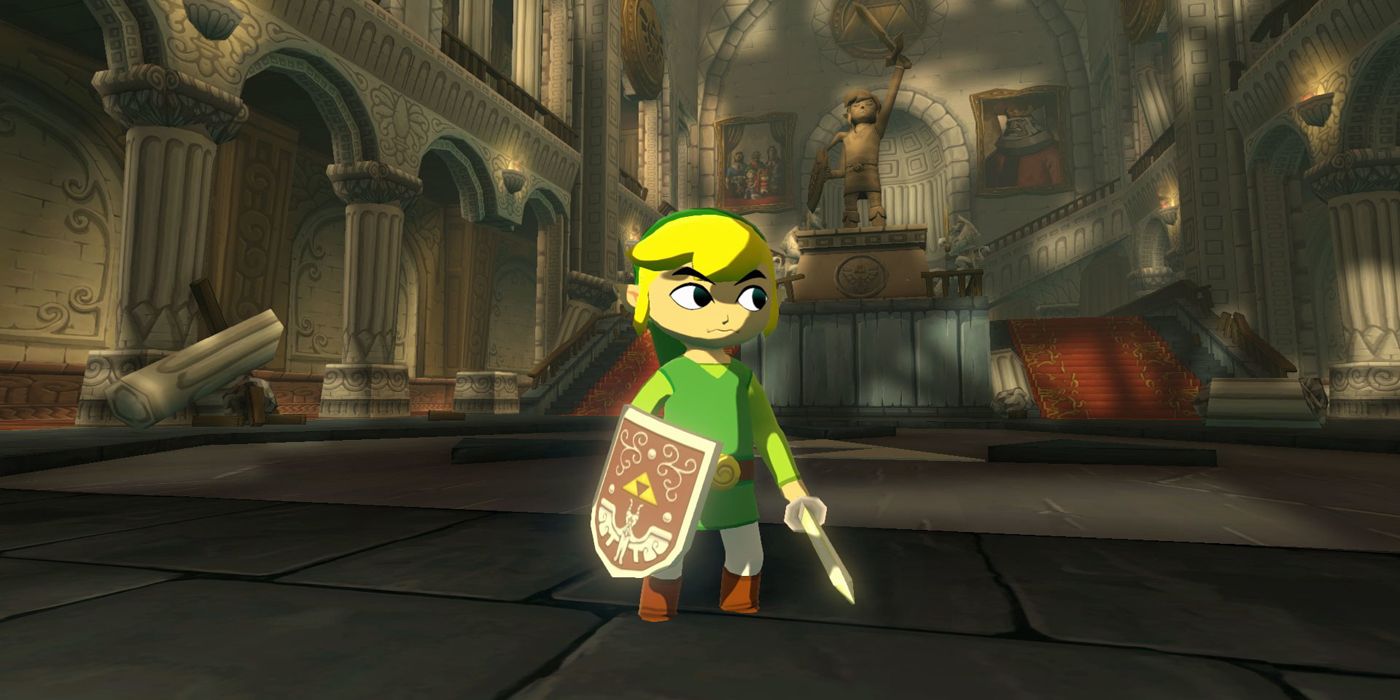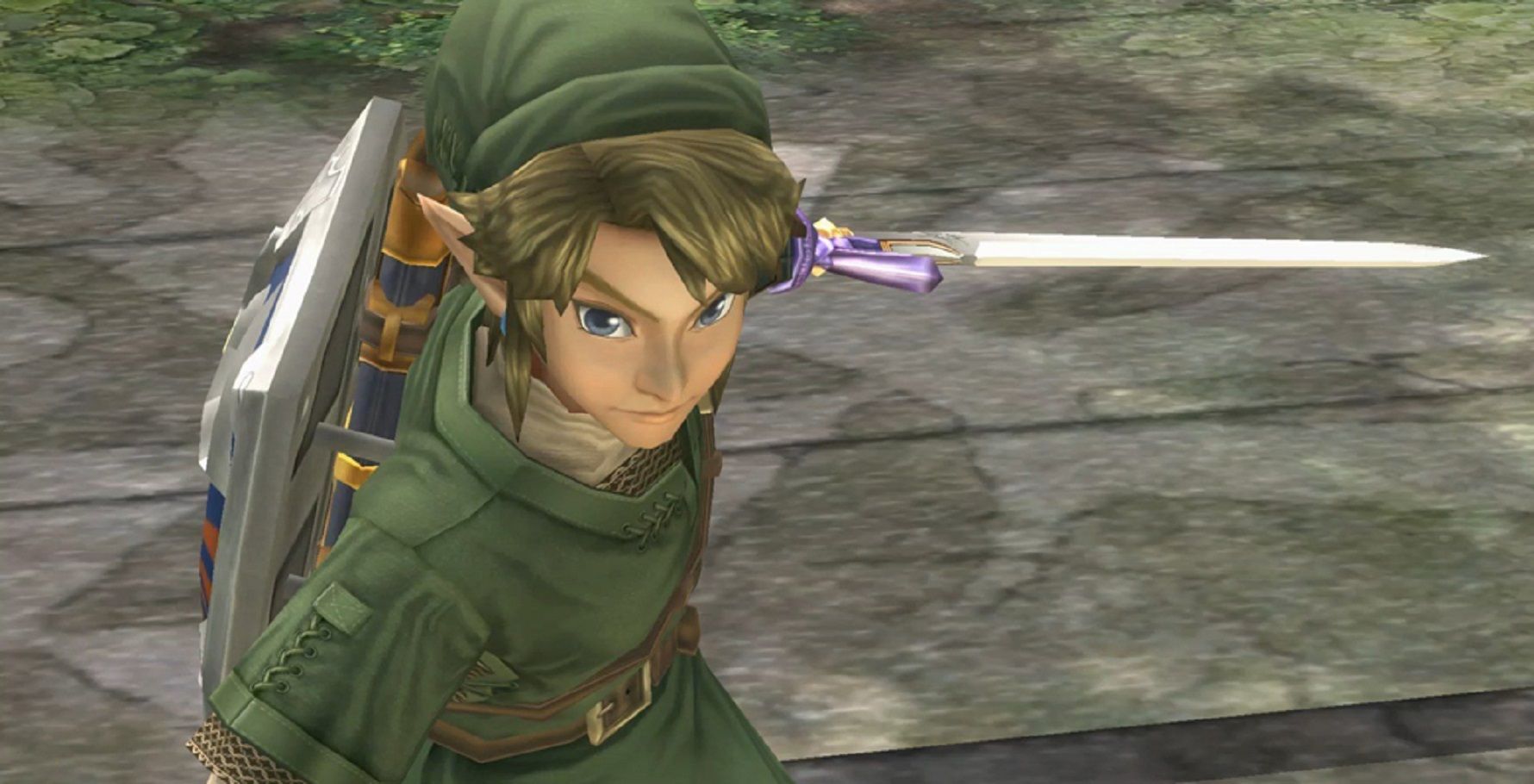The Legend of Zelda is one of the most important and influential franchises of all time, but you’ll be hard-pressed to find many people actively discussing the franchise’s combat. For as high quality as The Legend of Zelda is, series discourse almost exclusively centers around dungeons, exploration, and narrative. Actual swordplay and combat are ignored with a few exceptions.
This isn’t to say that franchise does a bad job when it comes to combat, though. Time and time again, The Legend of Zelda manages to shake the gameplay foundation well enough to offer audiences an engaging experience. Best of all, some of the better combat systems come from the unlikeliest of Zelda games.
10 Zelda II: The Adventure Of Link
Like Zelda II: The Adventure of Link. The undisputed black sheep of the franchise, Zelda II features some of the best action gameplay on the NES, if not the outright best. Yes, the game is incredibly difficult and genuinely frustrating, but Link’s mobility is insane. By endgame, he can fluidly stab forward, stab up, stab down, and use a myriad of different spells.
The one on one boss fights do an incredible job of making use of the game’s combat system. It’s still a game that’ll frustrate most who play it, but every Zelda fan owes it to themselves to sit down and really try to accept Zelda II for what it is: the best action RPG on the NES.
9 Skyward Sword
Skyward Sword’s combat system gets a really bad rap thanks to the Wii’s motion controls. Due to the nature of the Wii sensor, many gamers seemingly forgot that the Wiimote still had to be more or less level even with the Wiimote Plus add-on. Obviously, Skyward Sword was always going to be played within the realms of the Wii was capable of, but fans can eager when it comes to swing a controller.
That said, the swordplay is solid all around so long as players use their Wiimote correctly. It’s very fluid and very accurate, at that. Skyward Sword also features some fairly novel gameplay challenges by sheer virtue of its unique control scheme. That alone makes it one of the better Zelda combat systems.
8 Oracle Of Seasons
For older 2D Zelda games, there’s not much they could have done to expand their combat systems without going to Zelda II’s extremes. This often meant that older titles needed to rely on Link’s roster of items to make adequate use of combat. Interestingly, Oracle of Seasons was designed specifically to focus on the series’ action.
While Oracle of Ages emphasized puzzle solving, Oracle of Seasons gave players plenty of tools for combat. It’s a far more action-oriented experience and while it’s the worse of the two Oracle games, there’s really no denying just how fun combat can be in Oracle of Seasons.
7 Ocarina Of Time
The Legend of Zelda: Ocarina of Time laid the foundation that just about every modern 3D action game uses. The Souls series essentially uses a more methodical version of Ocarina of Time’s gameplay loop with Demon’s Souls, in particular, sharing quite a few design similarities. As a result, Ocarina of Time can seem primitive, but there’s a reason we still use this combat style today.
It’s essentially the perfect combat system for an adventure game. Not only does it require patience— ensuring players understand how they’re engaging at all time— it’s rewarding to those who find the right opportunities to strike, creating their own gameplay loop.
6 A Link To The Past
When it comes to pure combat, Ocarina of Time is better than A Link to the Past, but it lacks a lot of the variety of its predecessor. On the flip side, A Link to the Past lacks the intricate action and enemy design, but it also doesn’t suffer for the lack of those elements.
Taking into consideration just how much the player has at their disposal in ALttP, how can fans not consider it one of the better games when it comes to combat? It’s also home to some of the best boss fights in the series, offering players a great deal of options in any given encounter— something the franchise has seemingly forgotten about in recent years.
5 Majora’s Mask
Majora’s Mask only makes a few changes to Ocarina of Time’s combat system, but they do all add up to make quite the difference when all is said and done. Link’s swordplay is virtually identical to the original game, but his masks add an insane amount of variety to the combat loop.
Not only do the Deku, Goron, Zora, Giant’s, and Fierce Deity masks all have their own unique combat properties (and move sets,) Link’s roster of equipment is utterly huge. There’s so much at his disposal, not just for attacking, but for augmenting his abilities as well. Who doesn’t love cutting down enemies with the Bunny Hood on?
4 Breath Of The Wild
Breath of the Wild is by no means a perfect game, but it’s an important change of pace for The Legend of Zelda— in many respects, even for the industry as it’s proof that an established franchise can not only pivot its style so intensely, it can do so successfully at that. Combat can be a bit rough around the edges at times, but it’s an overall net positive for the series.
Simply being able to parry and counter is a massive boost, and the new weapon types at Link’s disposal greatly deepen the series’ scope of action. It’s very debatable just how much durability actually brings to the table, but Breath of the Wild had laid an excellent foundation that can only be improved upon in a sequel.
3 The Minish Cap
The Minish Cap did the logical thing upon its release and included a combat system very reminiscent of The Wind Waker. While Link obviously couldn’t do as much in a 2D space as he could in a 3D one, The Minish Cap included an entire quest line that saw Link learning intricate sword techniques over the course of the game, all of which are beneficial.
It’s by far the best 2D Zelda combat system yet, but it’s been quietly ignored ever since. A Link Between Worlds was the franchise’s chance to bring that level of action back, but it and Link’s Awakening’s remake seems to suggest that Nintendo has no intention on making 2D Zelda more action-oriented again.
2 The Wind Waker
The jump in quality of combat from Majora’s Mask to The Wind Waker is quite frankly insane. Link has new combos for his swords, he has a counter prompt that is useful without being overpowered, and he can learn new techniques over the course of the game. The Wind Waker could have defined 3D Zelda action and the series wouldn’t have suffered for it.
Of course, the game does fall on the easy side, but that’s not too much of a problem nowadays, especially thanks to The Wind Waker HD’s Hero Mode. In many ways, The Wind Waker combat system is the best, but there’s one other that just barely edges it out...
1 Twilight Princess
Like The Wind Waker, Twilight Princess is one of the easiest Zelda games in the series (if not actually the easiest, to be completely honest.) Like The Wind Waker HD, however, Twilight Princess HD has a Hero Mode that makes the game reasonably harder (while also featuring an Amiibo that makes the game even harder than that.)
Even on the base difficulty, though, Twilight Princess’ swordplay is insanely fun. Link has a training arc that lasts the entire game, each new technique has a clear gameplay purpose, and while enemies aren’t designed with these attacks specifically in mind, using them can make the core gameplay loop far more addictive and compelling than it’d be otherwise.

